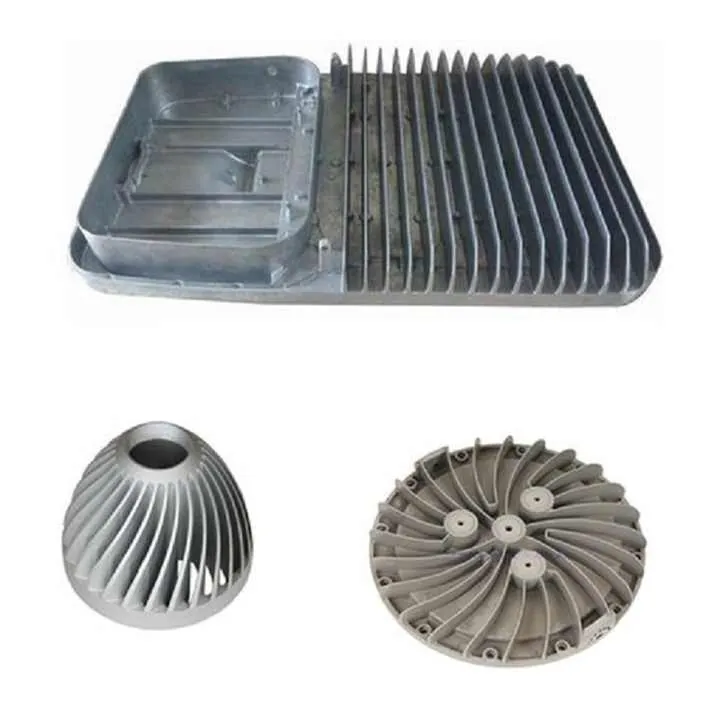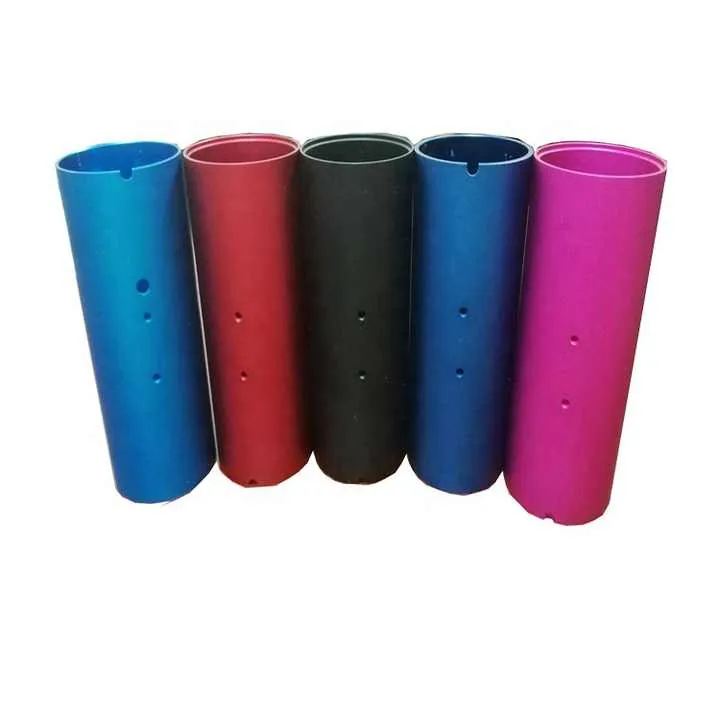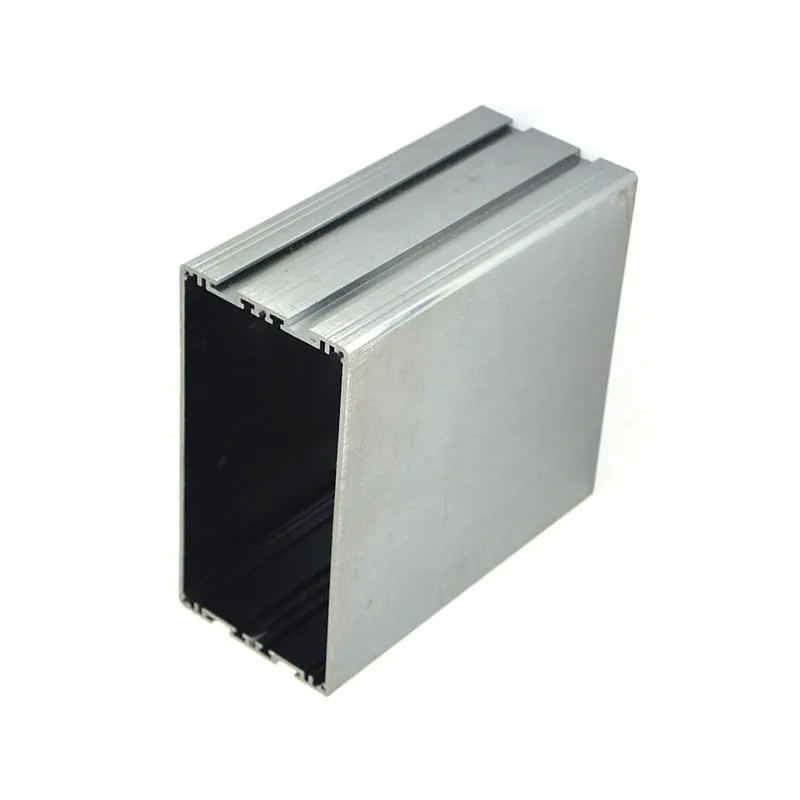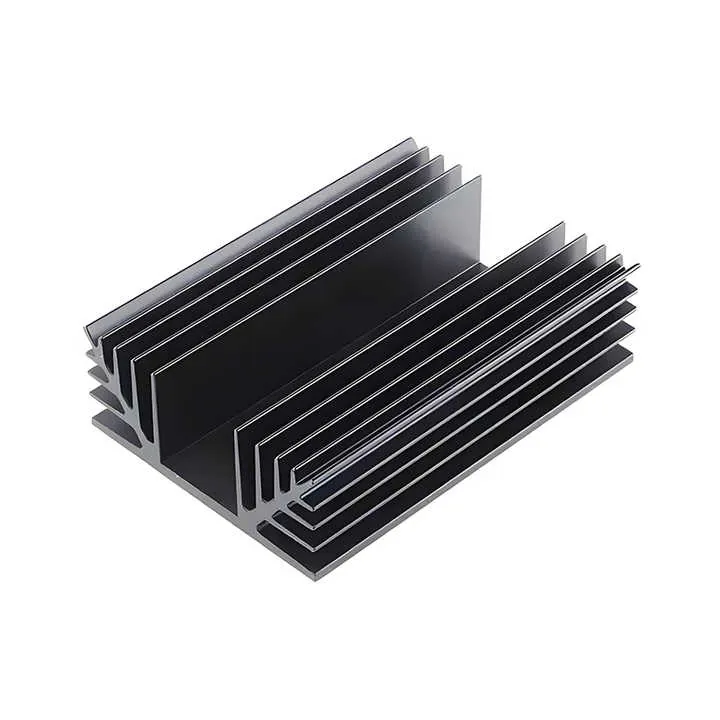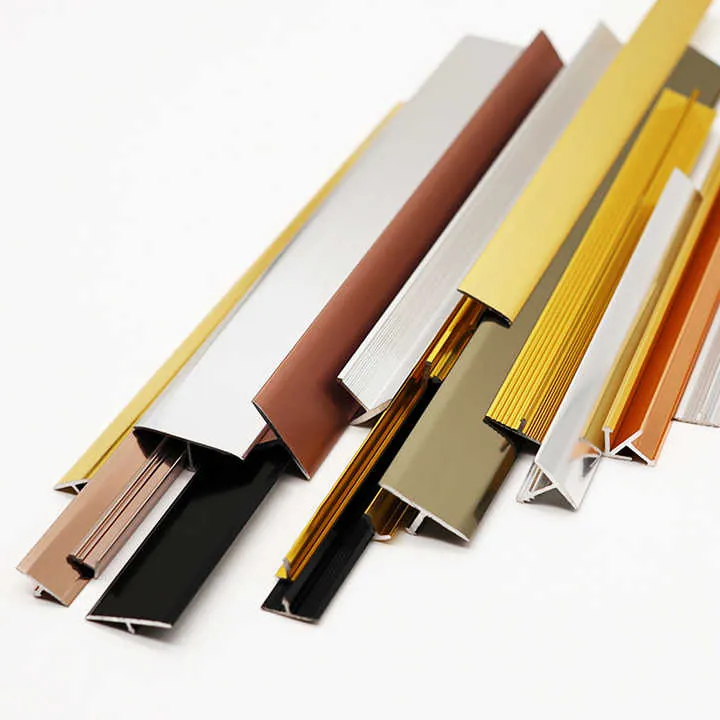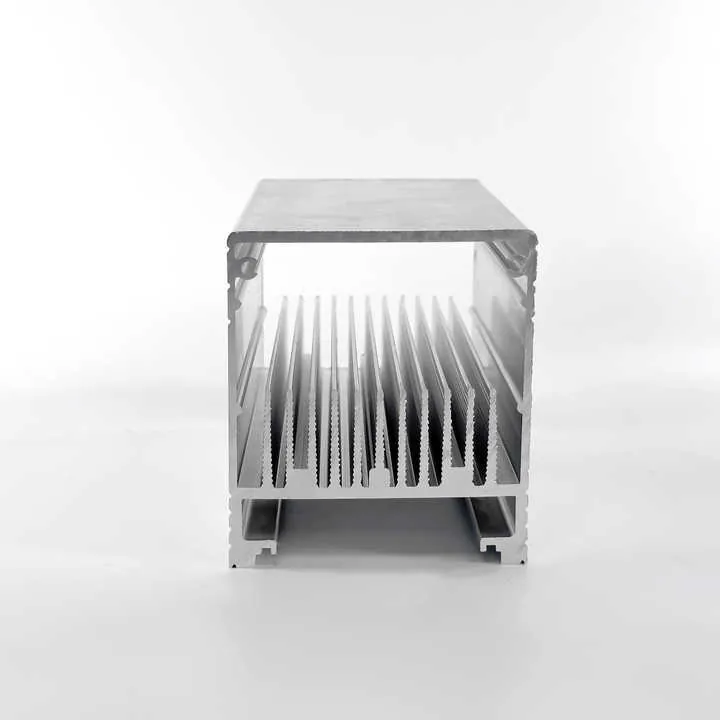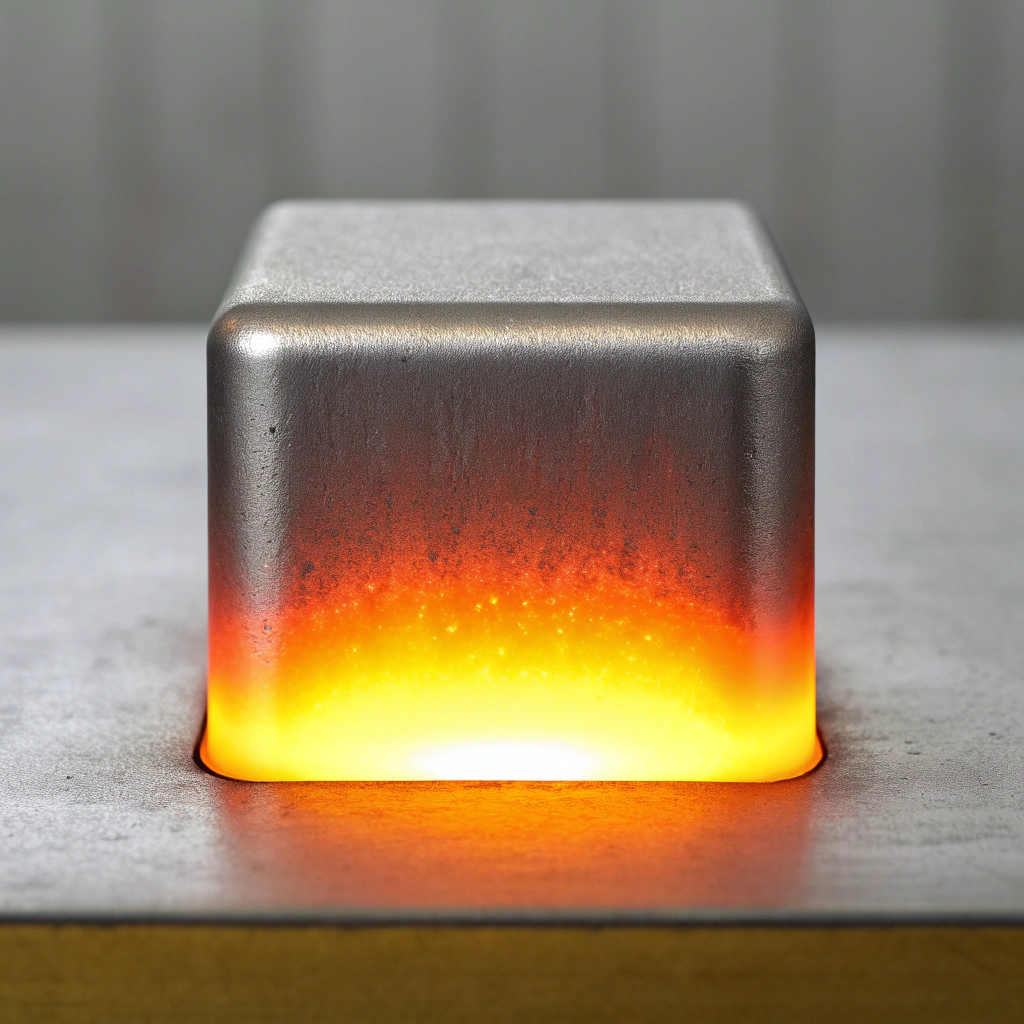
Aluminum is known for its lightweight and excellent thermal conductivity, but how hot does it need to get before it melts? If you’re designing or sourcing aluminum parts, especially custom CNC machined ones, understanding its melting point is key.
Pure aluminum melts at approximately 660.3°C (1220.5°F), but this value changes with different alloying elements.
Knowing the melting temperature of aluminum helps in choosing the right material for thermal performance, safety, and processing methods.
Does aluminum alloy melt at the same temperature?
Aluminum alloys are everywhere-in electronics, aerospace, automotive, and industrial automation. But unlike pure aluminum, aluminum alloys don’t have a single melting point.
No, aluminum alloys melt over a range of temperatures, usually between 463°C and 671°C (865°F to 1240°F), depending on the alloy composition.
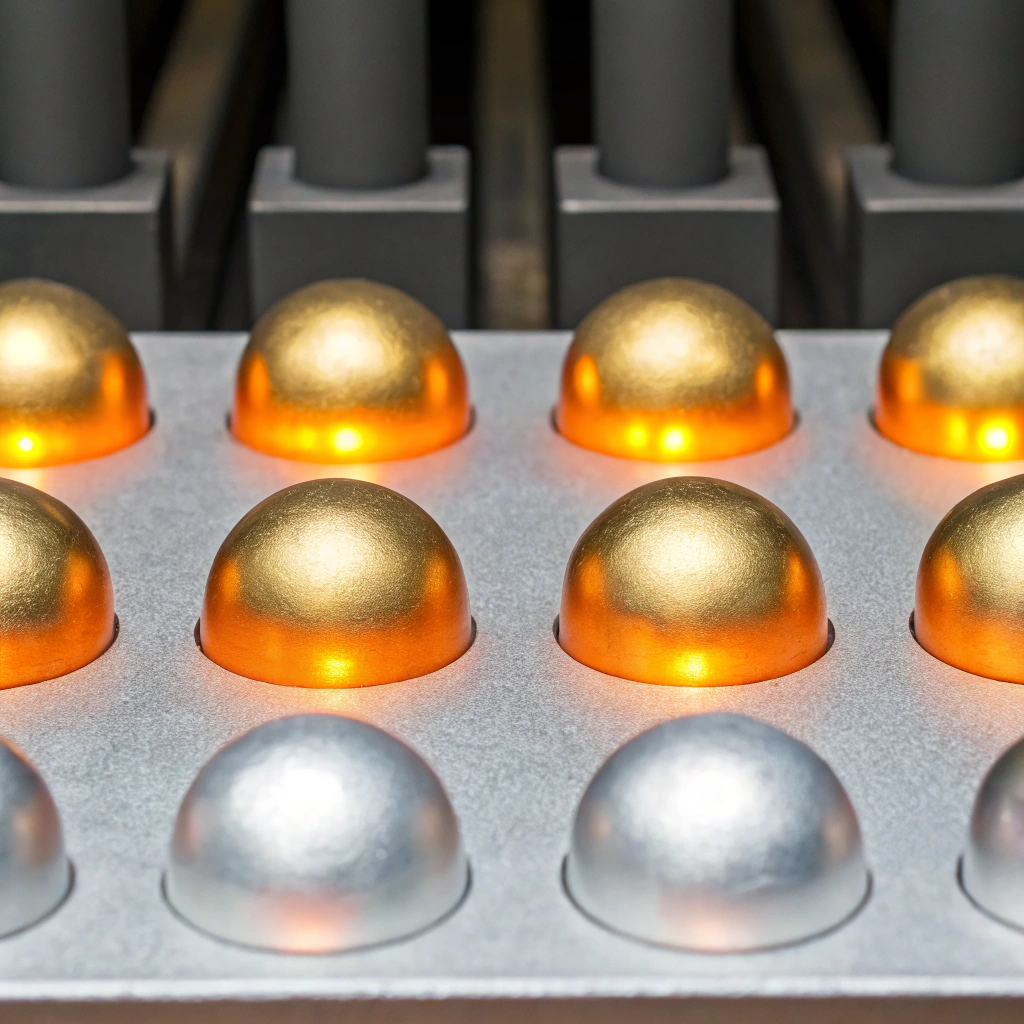
When manufacturers add elements like silicon, magnesium, copper, or zinc to aluminum, it creates unique mechanical properties-but also changes how the material behaves under heat. Most aluminum alloys don’t melt sharply like pure aluminum. Instead, they soften and start to melt across a temperature range.
Solidus and Liquidus Temperatures
To understand this range, two terms are important:
| Term | Definition |
|---|---|
| Solidus | The temperature below which the alloy is completely solid |
| Liquidus | The temperature above which the alloy is completely liquid |
Between solidus and liquidus, the alloy exists in a mushy or semi-solid state. This is especially important in casting and welding.
For example, 6061 aluminum alloy-a commonly used material in CNC machining-has a solidus temperature of about 582°C and a liquidus temperature of about 652°C.
These ranges affect how we choose materials for:
- Surface treatments (like anodizing or powder coating)
- CNC machining processes (like milling or turning)
- Heat resistance performance in end-use products
What factors affect aluminum's melting point?
The melting point of aluminum is not just a number on a data sheet. It changes depending on several factors during manufacturing and application.
Alloy composition, grain structure, impurity levels, and even previous heat treatment processes can affect aluminum’s melting behavior.
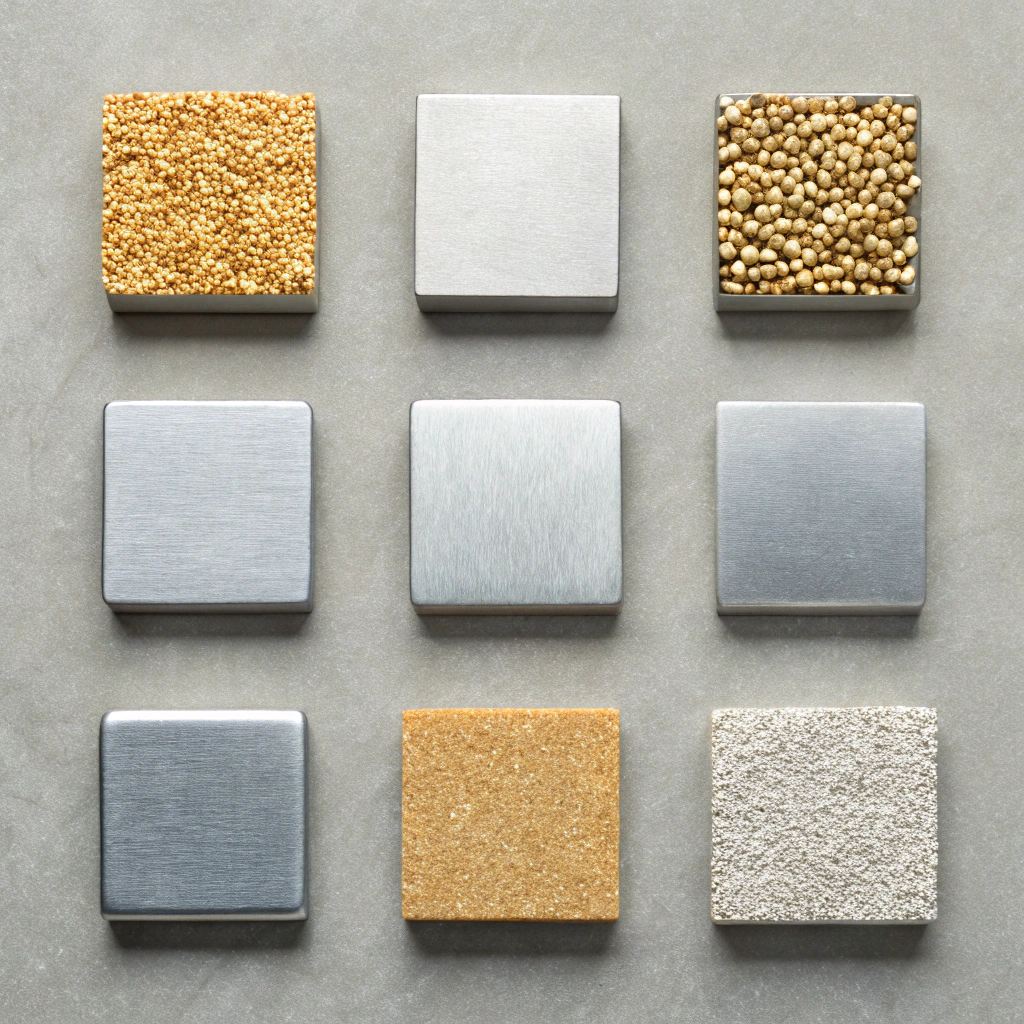
Key Factors Explained
| Factor | Impact on Melting Point |
|---|---|
| Alloying elements | Can lower or raise the melting point depending on the material added |
| Grain structure | Fine-grain materials often melt more uniformly than coarse-grained metals |
| Impurities | Trace elements can significantly affect the melting behavior |
| Heat treatment history | Alters microstructure, which can influence melting characteristics |
For example, an aluminum part that has been solution heat-treated will have a different microstructure than one that hasn’t. That structure may shift the effective melting temperature slightly, especially during welding or casting.
Also, in precision applications like aerospace or medical device components, even small fluctuations in melting behavior can affect product performance. That’s why at sinoextrud, we often recommend specific aluminum grades based on the part’s heat exposure and processing environment.
Can recycled aluminum change the melting temperature?
With sustainability becoming more important, more companies are using recycled aluminum. But does it behave the same as virgin material?
Yes, recycled aluminum can have a different melting temperature due to mixed alloy compositions and trace impurities.
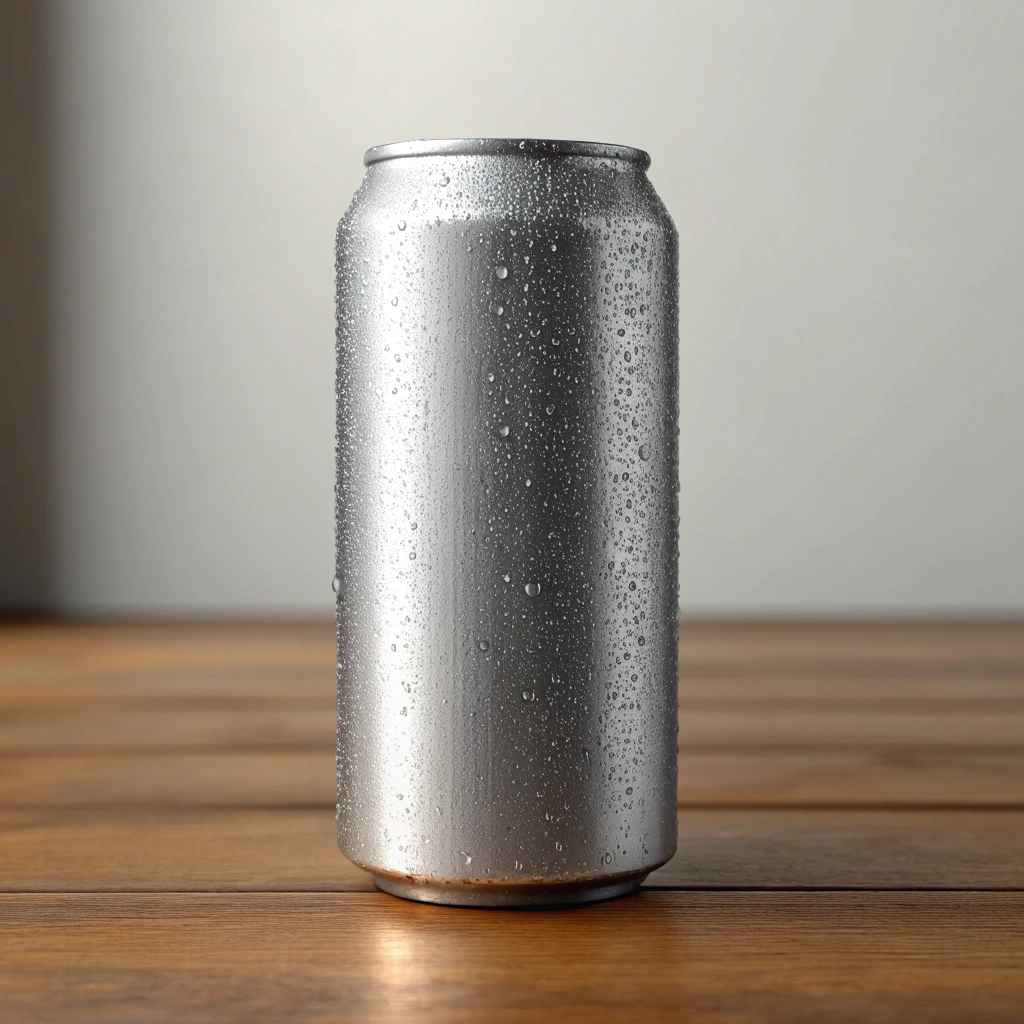
Recycled aluminum is often a blend of various post-consumer and post-industrial sources. This mixing can introduce:
- Small amounts of other metals (like iron, nickel, or lead)
- Non-metallic inclusions
- Residual oxides from surface contamination
These differences don’t always result in drastically different melting points, but they can:
- Broaden the melting range
- Make the material less predictable during heat-based processing
- Influence casting shrinkage and flow
From my own experience working with recycled aluminum parts for industrial enclosures, I’ve seen how important it is to test and confirm the melting behavior, especially for parts exposed to high heat. We often work with clients to provide certified material compositions, particularly for structural or thermal-sensitive projects.
If your design requires tight thermal control or consistent machining behavior, virgin aluminum or certified recycled sources with known composition is a safer bet.
How does aluminum compare to other metals in melting point?
When designing components, especially for heat exposure, comparing aluminum’s melting point to other metals can help make the right material choice.
Aluminum has a relatively low melting point compared to many other industrial metals like steel, titanium, or copper.
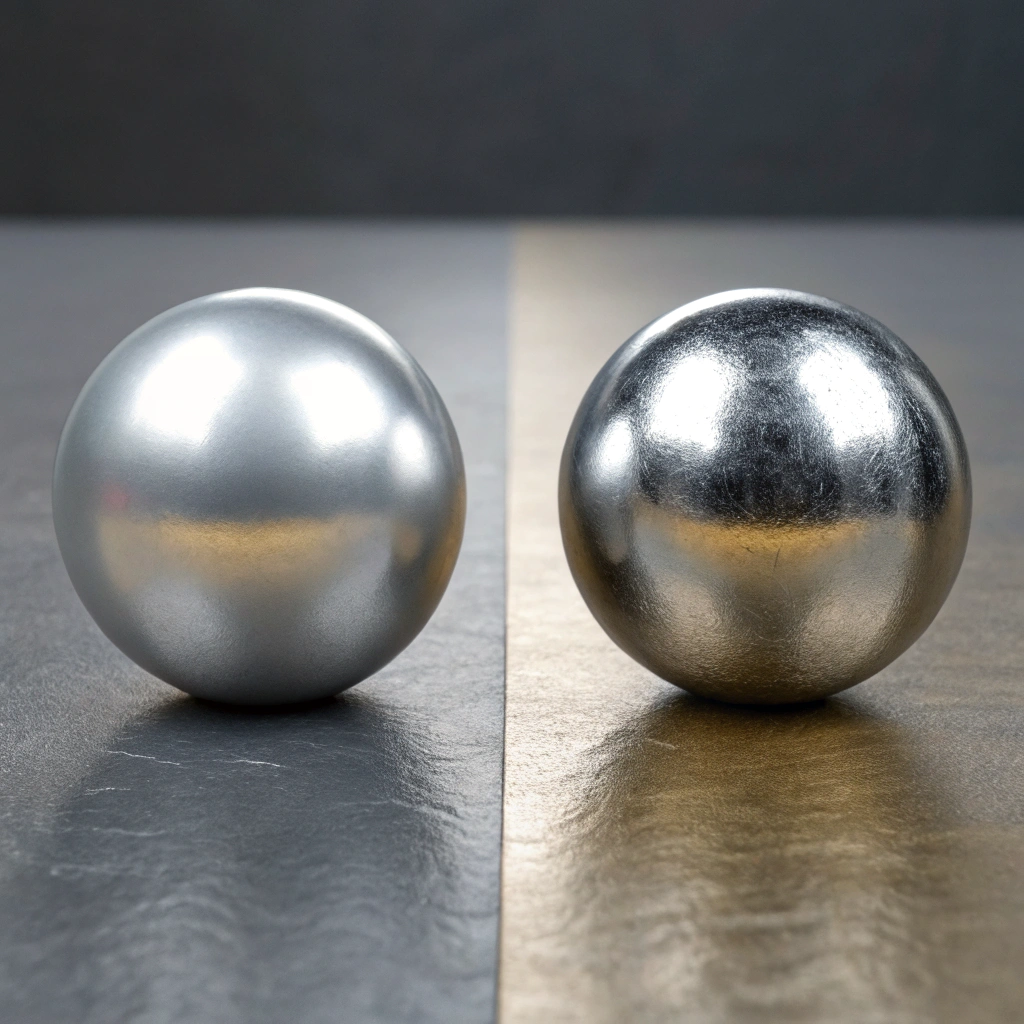
Here’s a quick comparison:
| Metal | Melting Point (°C) | Melting Point (°F) |
|---|---|---|
| Aluminum | 660.3 | 1220.5 |
| Copper | 1084.6 | 1984.3 |
| Steel | 1370-1510 | 2500-2750 |
| Titanium | 1668 | 3034 |
| Zinc | 419.5 | 787.1 |
| Magnesium | 650 | 1202 |
From this table, we can see:
- Aluminum melts much lower than steel or titanium.
- Magnesium is very close in melting point to aluminum, which is why they’re often compared.
- Zinc melts even lower, making it good for die-casting but not for structural strength.
This lower melting point of aluminum brings both pros and cons. It allows easier shaping and forming, especially in processes like extrusion and die-casting. But it also means limited use in high-temperature applications unless properly engineered.
That’s why we often help customers in industries like automation, LED lighting, and smart devices find the right aluminum grade to balance strength, formability, and temperature resistance.
Conclusion
Aluminum melts at 660.3°C, but its alloys vary widely. Factors like alloying, impurities, and recycling influence this temperature. Compared to other metals, aluminum has a relatively low melting point, which helps in forming but limits heat resistance.

